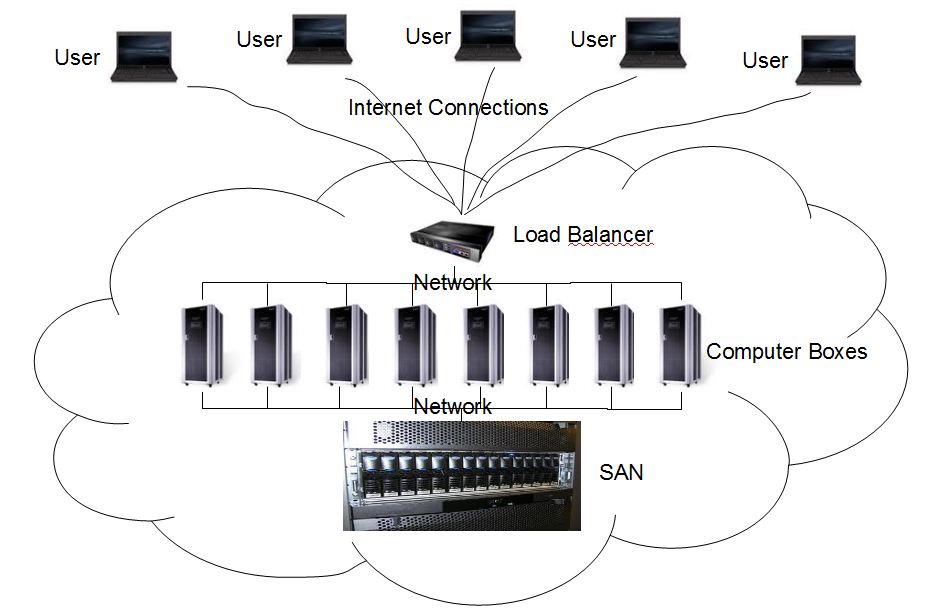



On the top, you have access to the settings dropdown menu, a tabbed area with the listing of your currently active apps, available assets, a community portal, and on the bottom, the listing of all available Adobe CC applications that you have not yet gained access to. Once up and running, the cloud application will load its single window that is separated into several key areas. If you don’t have a profile, you can create one immediately here.

To install it all you need to do is to follow on-screen instructions and input your Adobe profile login credentials to which your purchased apps and subscriptions will be tied to. Because of that, it comes in a sub-Megabyte installation that will be set up on your PC in mere seconds. If users do not have local admin access on their respective machines and therefore do not have access to the Creative Cloud App Panel, the Creative Cloud Package can also be used to push out updates to machines with installed Creative Cloud products.Adobe Creative Cloud is an incredibly lightweight application that was built from the ground up to only serve as the launcher for other Adobe CC applications. For more information, see: PDQ Deploy and Microsoft DFS. For more information, see: PDQ Deploy: Understanding Push and Pull Deployments.įor the greatest level of performance where multiple file servers exist and the deployment audience is greater than 30 machines, the use of Distributed File System Replication ( DFSR) is highly recommended. This will also require placing the Repository on an accessible file share. Since the size of a Creative Cloud package can be significant, it is recommended you use the Pull copy mode instead of the default Push copy mode ( File >Preferences > Performance). The steps for Creative Cloud for Enterprise and Education vary, but should be intuitive enough to allow successful deployment given the general instruction expressed in this article. The guidance in this article is focused on Creative Cloud for Teams.


 0 kommentar(er)
0 kommentar(er)
